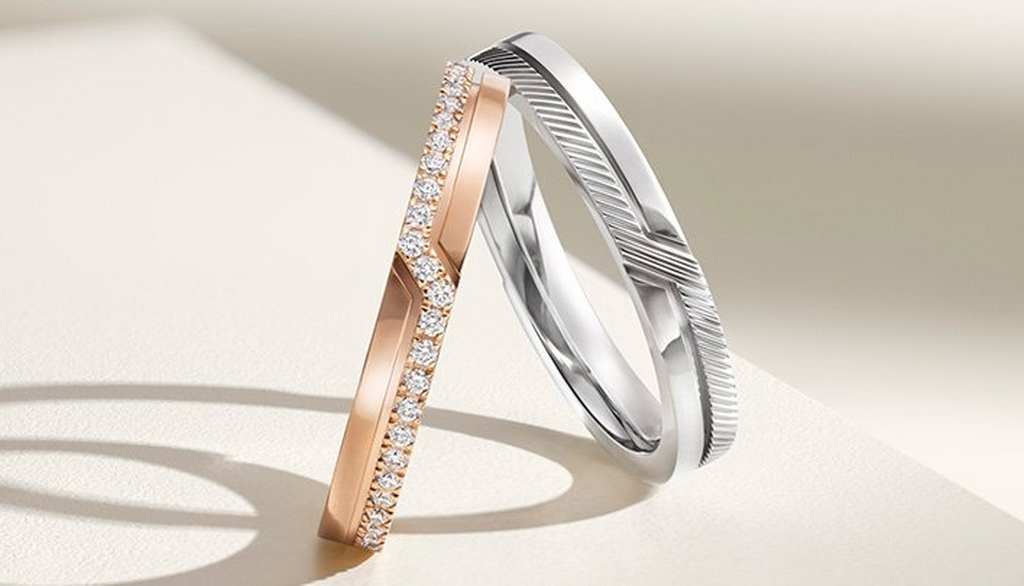
When considering an engagement ring, many people are drawn to the charm and elegance of vintage styles, particularly Victorian engagement rings. Originating from the reign of Queen Victoria (1837-1901), these rings are often characterized by their intricate designs, high-quality materials, and the romantic sentiments associated with the era. However, as with any piece of jewelry, the cost of Victorian engagement rings can vary significantly. Understanding the factors that affect their price can help you make an informed decision when purchasing one of these timeless pieces.
1. Materials Used
The materials used in Victorian engagement rings play a crucial role in determining their cost. Common materials include gold (yellow, rose, or white), silver, and platinum. During the Victorian era, gold was particularly popular, and rings were often crafted from 18-karat gold or higher. The purity of the metal directly influences the price—higher karat gold is more expensive due to the increased amount of gold content.
Additionally, the types of gemstones used in these rings significantly affect their value. Diamonds were commonly set in Victorian engagement rings, but colored gemstones like sapphires, emeralds, and rubies were also popular. The quality, size, and rarity of these stones contribute to the overall price. For example, a larger, high-quality diamond will command a significantly higher price than a smaller or lower-quality one.
2. Craftsmanship and Design
Victorian engagement rings are celebrated for their craftsmanship and intricate designs. The era is known for its elaborate settings, filigree work, and engraving, which require a high level of skill and artistry. Rings with more intricate designs or unique features, such as hand-carved details, are generally more expensive than simpler styles.
Moreover, certain design elements, such as the use of specific motifs (like hearts, flowers, or bows), can also impact the price. Rings that are more representative of the Victorian style, with meticulous attention to detail, tend to carry a premium.
3. Provenance and Historical Significance
The provenance of a Victorian engagement ring can significantly influence its price. Rings that come with a documented history or have been previously owned by notable figures tend to be more valuable. Collectors and enthusiasts often pay a premium for pieces with interesting backstories or connections to significant historical events.
If a ring is accompanied by its original box or documentation, this can further enhance its value. Authenticity is crucial in the vintage market, so rings verified by reputable appraisers or jewelers can also demand higher prices.
4. Condition and Restoration
The condition of a Victorian engagement ring is another critical factor affecting its price. Rings that are in excellent condition, with minimal wear and tear, will generally be more expensive. Conversely, pieces that show significant signs of damage or require extensive restoration may be priced lower but could incur additional costs for repairs.
Restoration work can be a double-edged sword; while it can enhance the appearance and longevity of a ring, it can also affect its authenticity and, consequently, its value. Buyers should consider the extent of restoration and whether it has been done in a way that preserves the original craftsmanship.
5. Market Demand and Trends
Finally, the market demand for Victorian engagement rings can fluctuate, influencing their prices. Vintage jewelry has seen a resurgence in popularity, driven by a growing appreciation for unique, historical pieces. As demand increases, prices may rise accordingly.
Current trends in engagement rings, such as a shift towards sustainability and ethical sourcing, can also impact the market. Consumers increasingly seek rings that are not only beautiful but also have a story to tell, leading to higher prices for rings that fit this narrative.
Conclusion
In conclusion, the cost of Victorian engagement rings is influenced by various factors, including the materials used, craftsmanship, provenance, condition, and market trends. By understanding these elements, you can better appreciate the value of a Victorian engagement ring and make an informed choice when selecting one for your beloved. Whether you are drawn to its history, intricate designs, or unique gemstones, a Victorian engagement ring can be a meaningful symbol of love that stands the test of time.